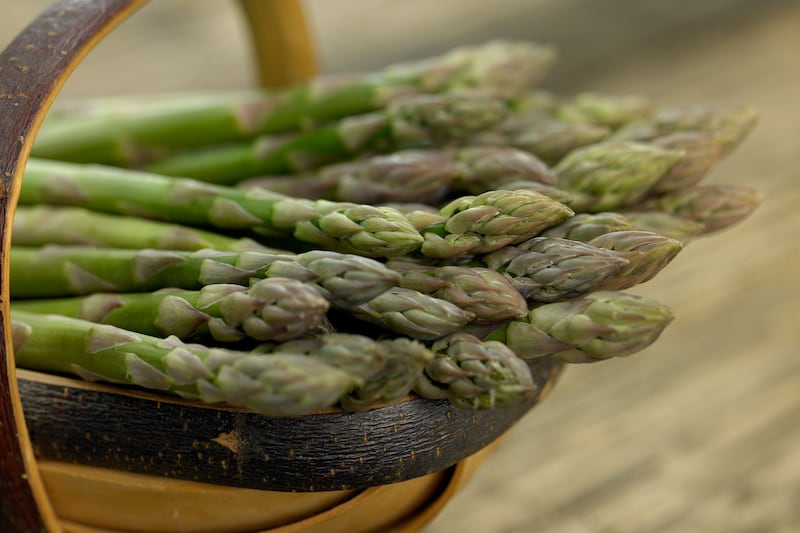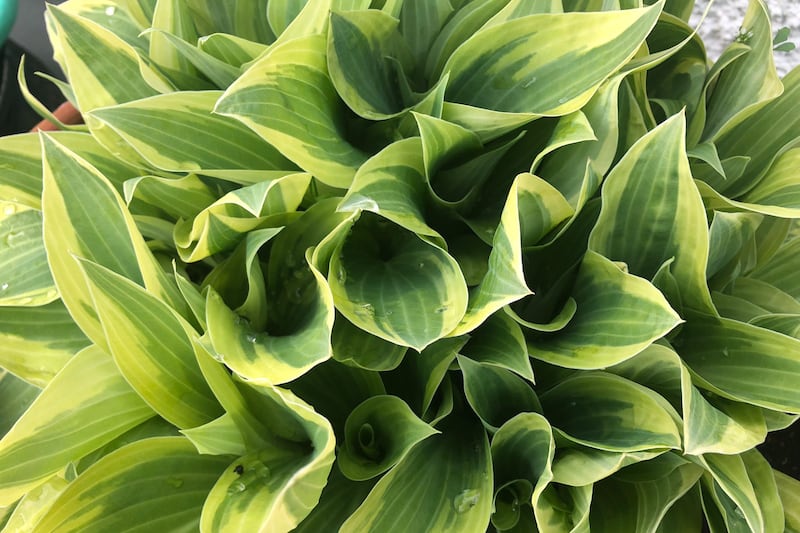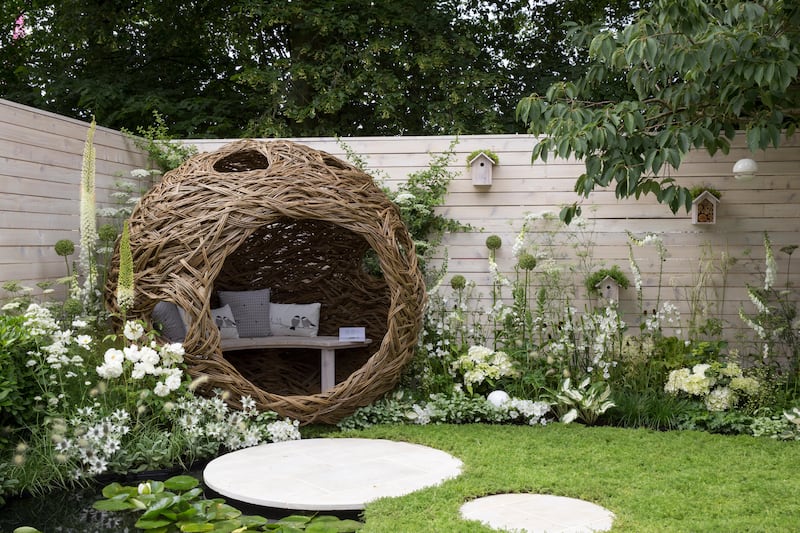YOU won't find a more dramatic sight in autumn than a Boston ivy, also known as Japanese creeper, covering north, east or west-facing walls, as its large, deeply lobed green leaves turn spectacular shades of blood red and purple.
These self-clinging deciduous climbers love well-drained, fertile soil and grow in sun or shade, usually producing a crop of blue-black berries in late summer.
When planting, ensure the stems are held securely against the wall with canes or lead-headed nails, to enable the tendrils to fix their pads firmly to the surface.
The stems tend to grow vertically, so it's worth spreading young stems out horizontally to cover a wider area. Boston ivy grows to a huge 20m (65ft), making it an ideal choice for really big walls. A more compact variety is 'Beverley Brook', which grows to 3m (10ft) or 'Lowii', which is very slow growing, reaching 3m (10ft). A taller type, 'Veitchii', will provide excellent autumn hues.
WHAT TO DO THIS WEEK
:: Clean barbecues, garden furniture and non-frost-resistant pots and store them for winter.
:: Finish repotting winter-flowering arum lilies (Zantedeschia aethiopica).
:: Check ties of climbers and replace as necessary where the shoots are rubbing against supports.
:: Mulch over areas that haven't been done and replenish those areas which have dispersed.
:: Cut back dead or diseased branches of plum and cherry trees after picking. Paint saw cuts with wound paint.
:: Clean water butts to prevent contamination of the water and blocked taps.
:: Plant garlic outdoors in warm areas.
:: After sowing a new lawn, keep off young grass as much as possible until spring.
:: Sow seeds of pelargoniums in a frost-free greenhouse or conservatory.
:: Start planting container-grown trees and shrubs in the garden once there has been enough rain to wet the soil thoroughly.
:: Remove flowers from first year globe artichokes to allow roots to build up.








